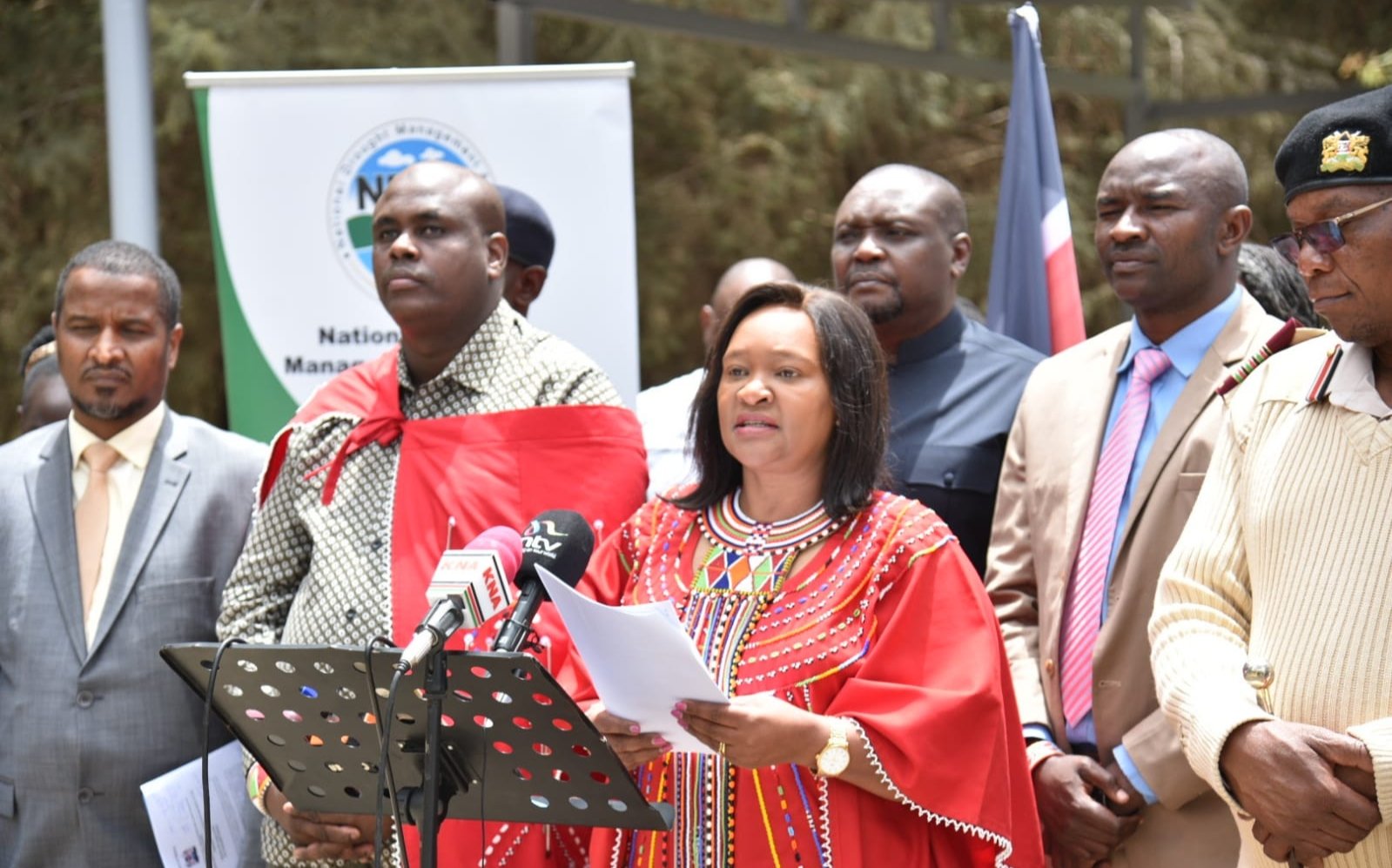The food security situation in the country has improved drastically due to adequate rainfall received in the main March to May rainy season.
According to East African Community (EAC) Cabinet Secretary Ms Rebecca Miano, the number of those food insecure drought has dropped from 4.4 million to 2.8 million.
The CS was speaking Wednesday when she released an assessment report at Ewaso Ng’iro South Development Authority (ENSDA) offices in Narok.
The CS said the situation in 23 Arid and Semi-Arid Lands (ASAL) counties in the study conducted between the 10th and 21st of July this year showed tremendous improvement.
However, the report indicated, that Turkana, Marsabit and Mandera remain in a ‘crisis’ food security situation while the rest have improved to a ‘stressed’ phase of insecurity.
“Of the population facing acute food insecurity in ASAL counties, 2.3M are in ‘Crisis’ (Phase 3) of the Acute Integrated Food Security Phase Classification while the other 0.5 million are in Emergency Phase (IPC 4)” the report shows.
The number of lactating mothers facing malnutrition also dropped from 144,914 in February to 142,179.
She attributed the improvement to scaled-up responses to address the nutrition and food security situation by the state.
Despite the improvements, malnutrition was still high in some Arid counties such as Turkana in particular Turkana South, North Horr (Marsabit), West Pokot, Mandela, Isiolo, Tana River, and Tiaty (Baringo).
The nutrition situation in ASALs has also improved across most counties, with an estimated 945,610 children aged 6 to 59 months and 144,940 pregnant and lactating women requiring management of acute malnutrition, down from 970,214 and 142,179 reported in February respectively.
The assessment of the impact of 2023 long rains season was conducted by a multi-disciplinary & multi-agency team of the Kenya Food Security Steering Group.
The study was done in 23 ASAL counties in collaboration with County Steering Groups.





